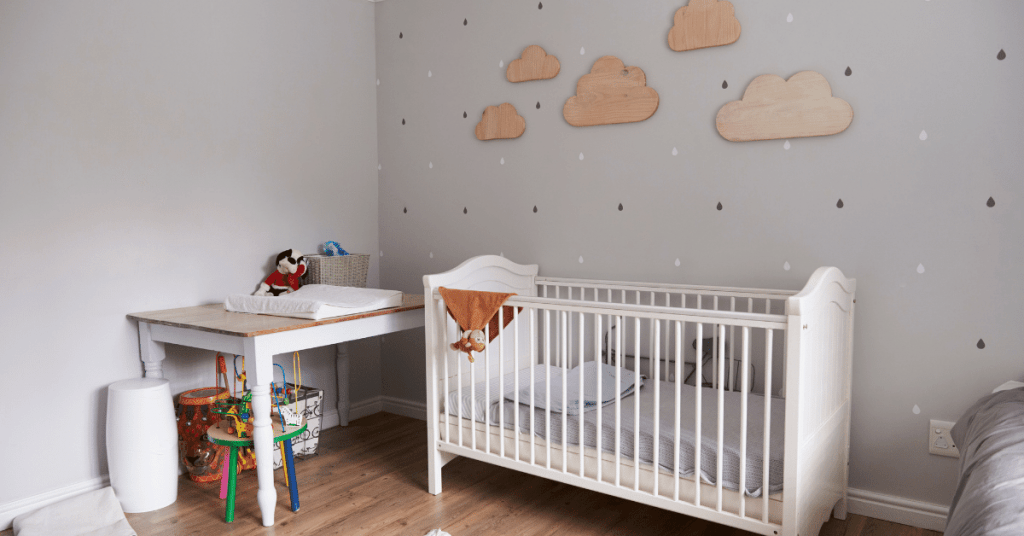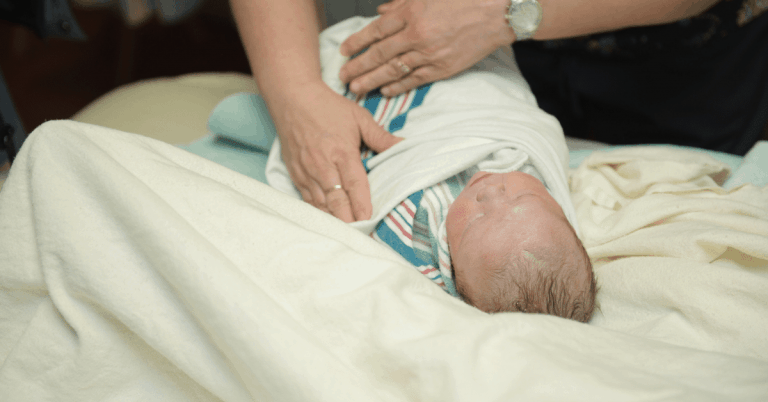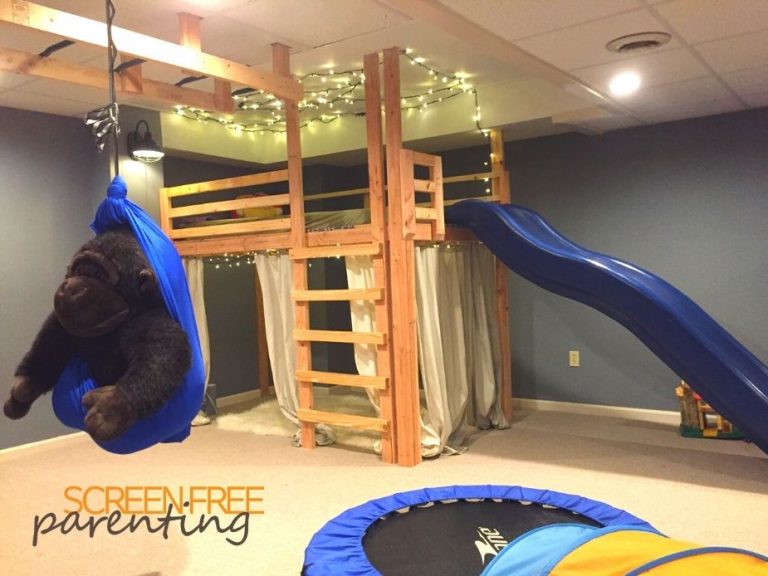Greening Your Nursery
Children are more vulnerable to environmental risks than adults, according to the growing medical discipline of paediatric environmental health. You may limit the risks your children confront by paying close attention to the design, materials, and upkeep of their nursery.
Putting together a nursery for your new baby is a important part of preparing for your child’s first few months in this world. To make sure that your children’s nursery is safe, non-toxic, and green follow this guide on children’s hangers, safe children’s furniture, and finding safe paint for the child’s nursery.
You should also ensure that children have lots of safe play ideas.
Common Household Hazards
Many hazardous substances are especially dangerous to newborns, babies, and toddlers. Children are exposed to higher concentrations of pollutants than adults because they breathe more air, drink more water, and eat more food in proportion to their body weight; their skin is more permeable to certain toxins; they are exposed to pollutants on the floor as they learn to crawl and play; and they frequently explore new objects by puttiing them in their mouths.
Lead, pesticides dragged in on shoes, mould, pet dander, and other allergies are all common toxicants found in nurseries. VOCs, such as formaldehyde produced by paint and many other construction materials, and flame retardants on fabrics and mattresses known as PBDEs, are also dangerous.

How to Choose a Safe Children’s Hanger
We know that parents want safe products for their children. But what about the simple clothes hangers in your child’s closet? Hangers don’t have ingredient labels – but they should! What are the hangers in your child’s closet made from? Looking closely shows that your child’s closet can contain a toxic stew of cheap metal and volatile chemicals.
Hangers and dry cleaning bags are especially problematic in children’s closets. Hangers can release organic compounds and a closet is essentially a hermetically sealed small room with no ventilation. Plastic and resin off-gassing is not dissipated and lingers in the closet becoming absorbed into a child’s clothing.
Metal wire hangers are made from low grade metal and sprayed with volatile organic chemical (VOC) resins containing benzene – a carcinogen – to keep them from oxidizing. Plastic hangers are made from up to 7 different types of plastics, many of which off-gas VOCs such as Benzene and Bisphenol-A, a hormone disruptor.
Wood or bamboo hangers are no better with their oil stains and sealants that off-gas dangerous chemicals. Many of these compounds may have short and long-term adverse health effects. According to an EPA study.
Selecting children’s hangers that are safe to use is important. Hangers that are made of plastic are prone to snap and splinter. Those made of twisted wire, on the other hand, may have sharp edges that can cause injuries to a child. If the quality is low, they may also rust, becoming more of a hazard to children.

How to Choose Safe Children’s Furniture
Furniture can be made of many different materials, but not every material is suitable for your kid’s bedroom or play area. Therefore, you need to carefully consider which furniture materials will work best for your little one’s needs and requirements.
For example, some pieces can be made of cozy and soft plush fabric; others need a strong wood foundation. Wicker can also be a good choice. Due to its lightweight construction, this material is ideal for storing items your kid interacts with directly on a regular basis.
How to Choose Safe Paint for a Child’s Nursery
When choosing a safe paint for the nursery, ask for a water-based product. It should contain zero volatile organic compounds, or VOCs.
Zero VOC emission paints have less than 5 grams per liter of organic compounds. This is compared to 50 grams per liter (or less) in low VOC paint.
You’ll find many paint options at your local store, but ask for a paint that doesn’t need a primer. There will be fewer chemicals.








